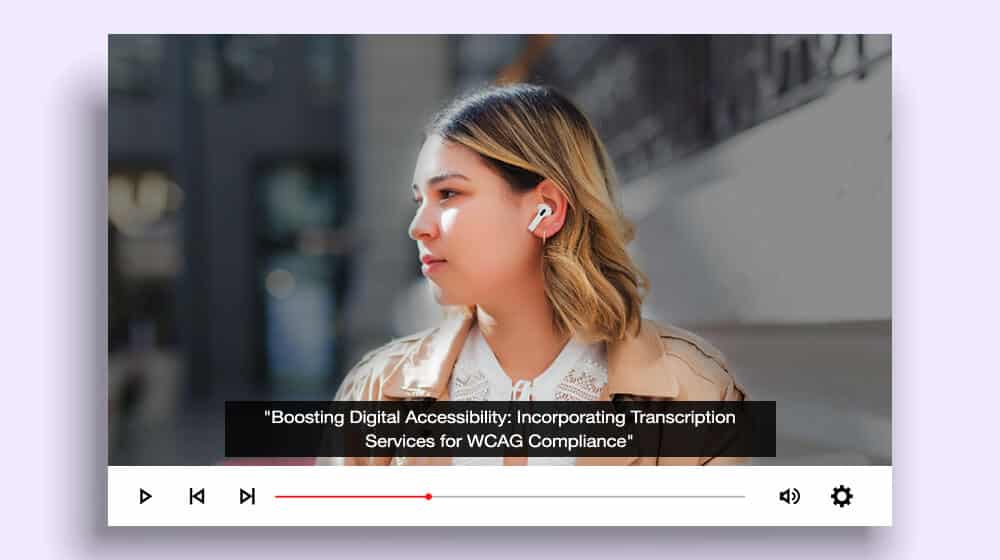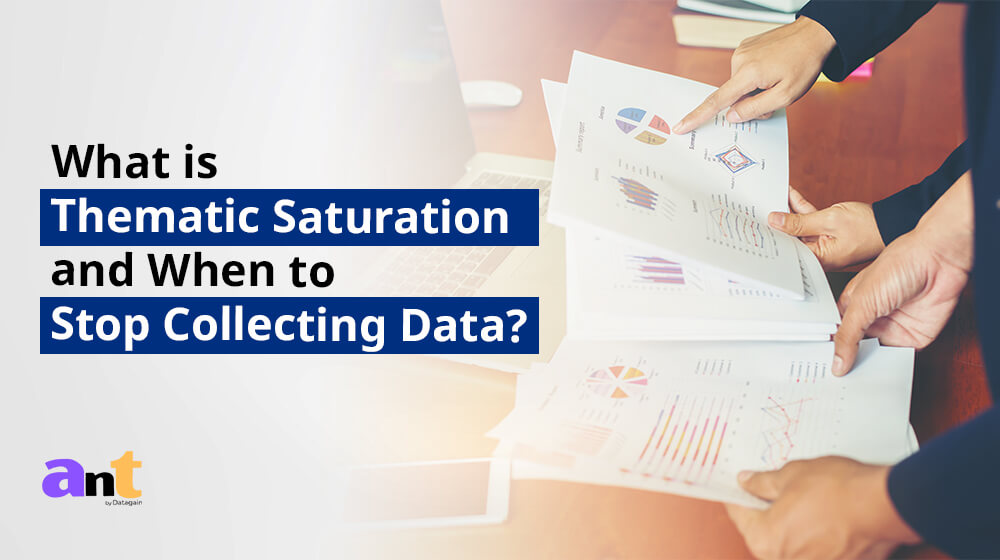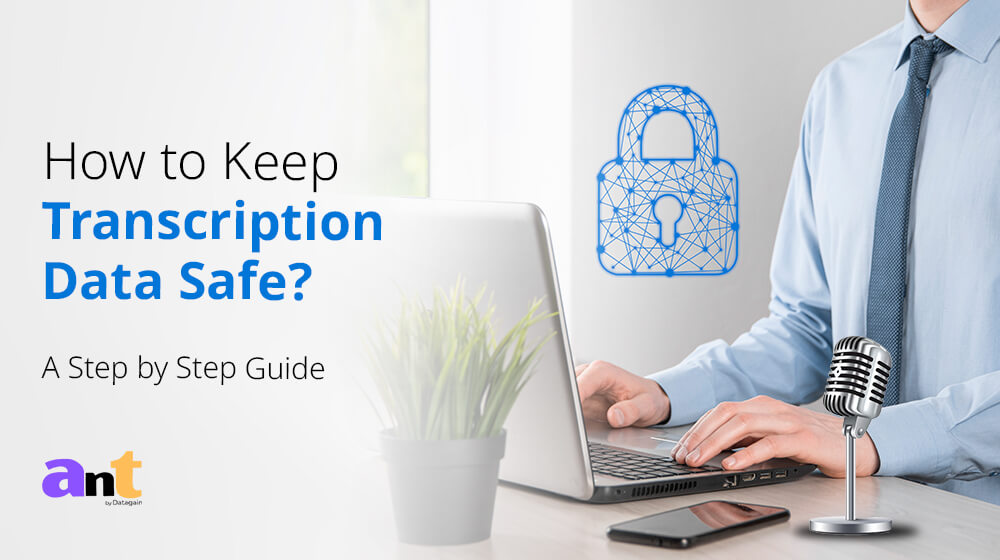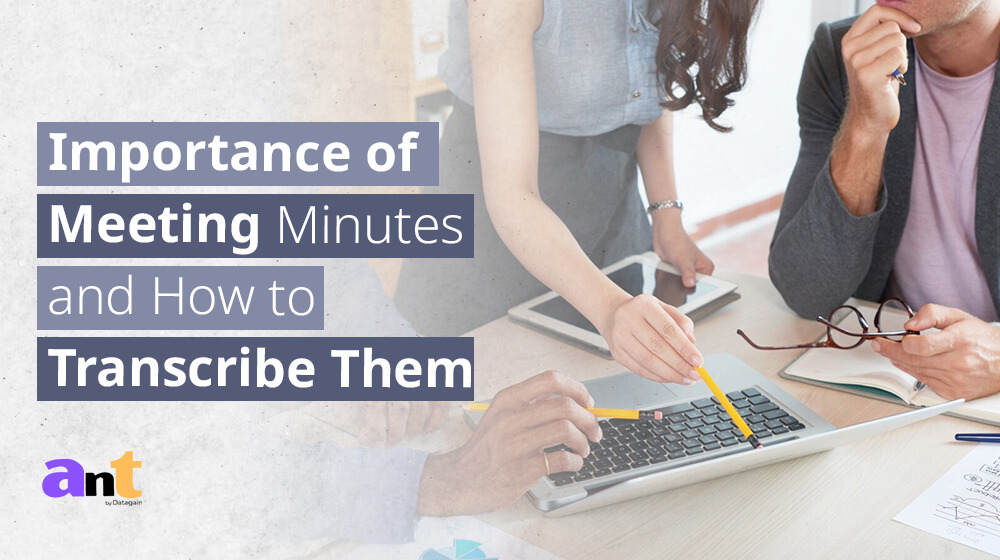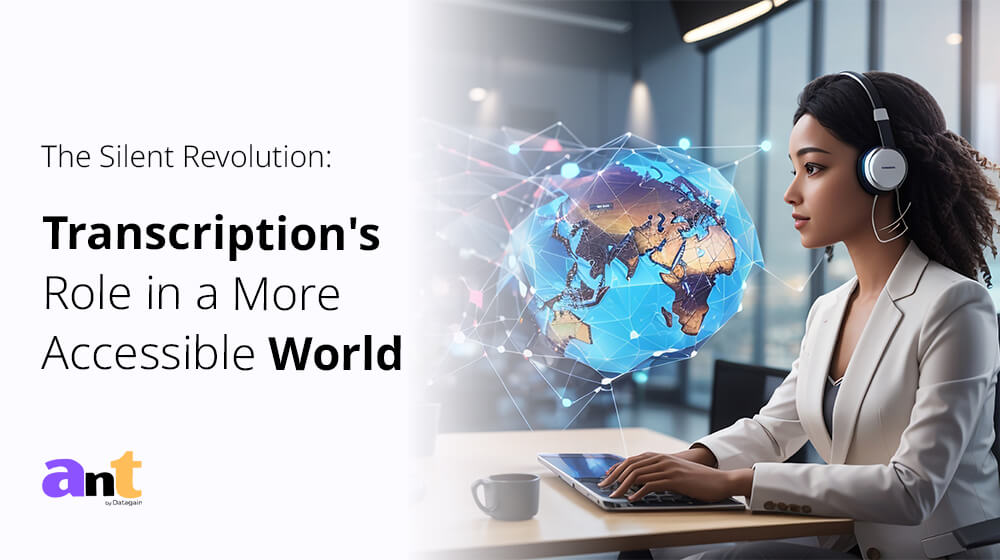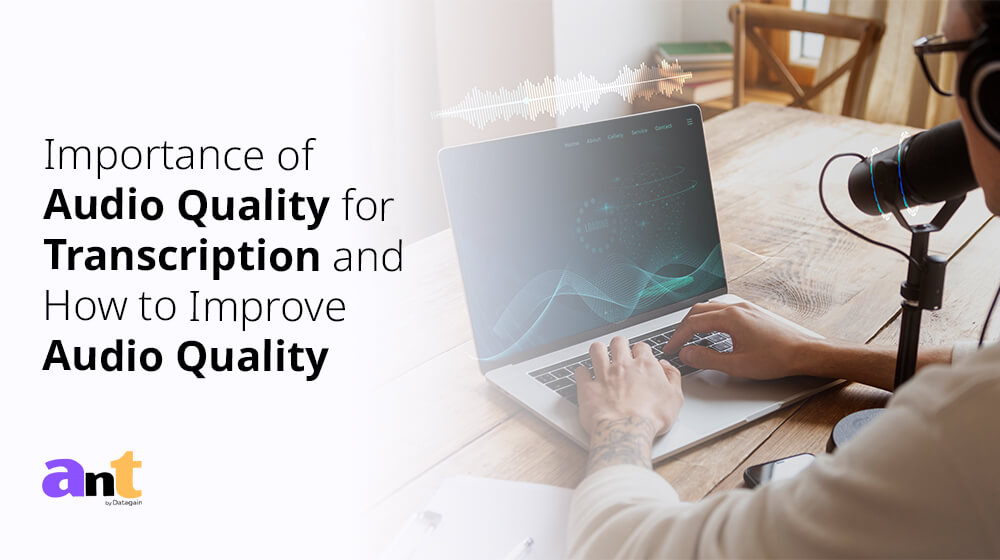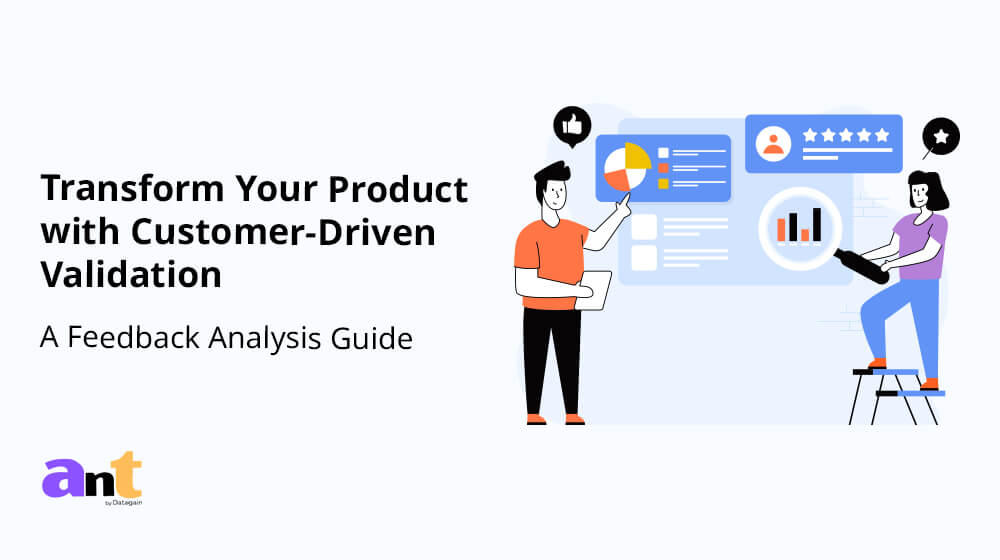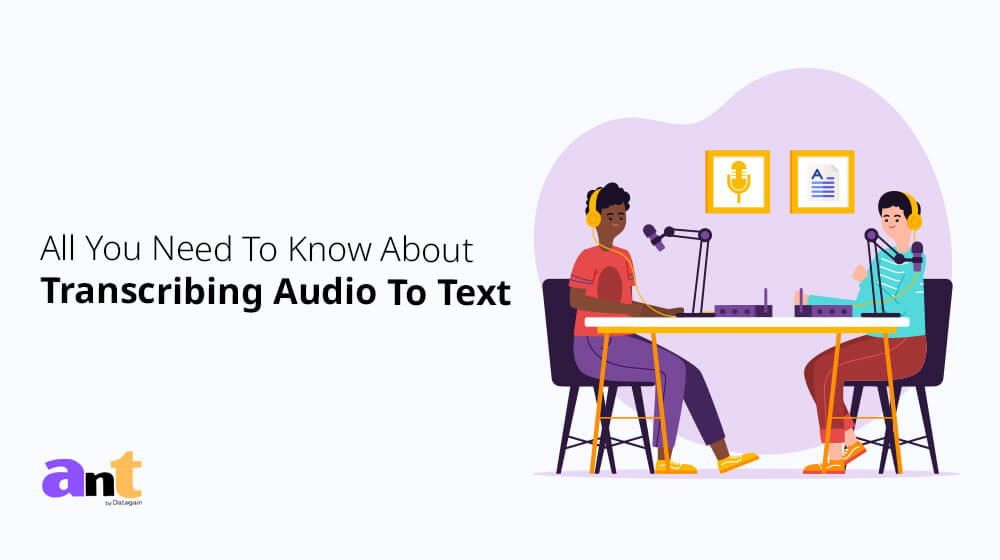Have you heard about the Web Content Accessibility Guidelines or WCAG? Well, they’re this amazing set of guidelines that helps us make websites more inclusive, accessible, and user-friendly for everyone. You see, the genius behind WCAG is that it not only makes web content more accessible for people with disabilities but also boosts the user experience for everyone else.
Now, let’s talk about one of the key aspects of WCAG- transcriptions for multimedia content. We’re talking videos, podcasts, webinars, and any other audio or visual content. It’s not just a nice-to-have; it’s a must-have! By providing comprehensive and accurate transcriptions, we’re ensuring everyone can enjoy and understand your content.
Let’s understand more about transcription services and their pivotal role in meeting WCAG standards.
Decoding Web Content Accessibility Guidelines (WCAG)
First, what exactly are these Web Content Accessibility Guidelines (WCAG) that we’re talking about? We already discussed it as a set of guidelines designed to guarantee that web content is accessible to everyone, including people with disabilities. Let’s now take an example: A user is trying to navigate through a website but is visually impaired. They can’t see the images, videos, or even the text. It will become frustrating for them, right? That’s where WCAG steps in. For visually impaired individuals, features like alt text for images, sufficient color contrast and textures, resizable text, and the ability to navigate the site using only a keyboard or screen reader are vital. By adhering to these guidelines, web developers can create content that is accessible to all, eliminating this frustration. It’s like having a universal key that unlocks every door on the internet for everyone!
Transcription Services: Your Secret Ally
Now that we’ve got the WCAG basics down let’s shift our focus to transcription services. Transcription services take spoken words, from a video, an audio file, a podcast, you name it and convert them into written words. Think of transcription services as your translator between the spoken and written word. Pretty cool, right?
But wait a second, how does transcription relate to WCAG? Well, consider this. You’re listening to an interesting podcast on a website, but you’re hard of hearing. You might miss out on valuable content if that podcast isn’t transcribed. And that’s not fair, is it? But with transcription services, that podcast gets translated into text, making it accessible to everyone. It’s all starting to connect now, isn’t it?
The Magical Pairing of Transcription Services and WCAG
As we’ve discussed, transcription services and WCAG go hand in hand, like peanut butter and jelly. When transcription services are used effectively, they can ensure that all spoken content on your website is accessible to people with hearing impairments. But it doesn’t stop there! Transcription can also benefit non-native speakers by providing written content they can read at their own pace or translate if needed. Transcriptions can also enhance SEO, enabling search engines to understand better and index the spoken content. That’s a win-win for everyone!
Transcription in Action- Making WCAG a Reality
Transcription services play an important role in fulfilling various WCAG success criteria. For example, providing text alternatives for non-text content (WCAG 1.1.1) and captions for videos with audio (WCAG 1.2.2).
Let’s take an example. Imagine your favorite lifestyle blogger posts a new video. Thanks to transcription services, this video includes captions. As a result, if you’re hard of hearing or simply in a noisy environment, you can still enjoy the content without missing a beat. Also, the transcribed text becomes a searchable entity, improving the website’s SEO. It’s a practical example of how transcription services bring WCAG guidelines to life, enhancing the web experience for everyone.
Ensuring Your Website Adheres to WCAG through Transcription
So, you’ve got this amazing website and want to ensure it’s accessible to all your users. Awesome! Incorporating transcription services is a great first step. Contact professional transcription services and have your audio and video content transcribed. If you are looking for such professional and reliable transcription aids, try giving Ant by Datagain a try.
Next, consider embedding a web player that supports captions for your videos. Lastly, ensure that your transcriptions are synchronized with the spoken words and include non-speech information, such as sound effects, for a comprehensive experience.
The Bottomline
As we wind up, remember that welcoming transcription services and following WCAG isn’t just about compliance- it’s about exclusivity. It ensures everyone can access and enjoy your content, regardless of their abilities. So, let’s step forward together in this journey toward an accessible web experience for all.
Well, that’s a wrap for today, folks! We hope you’ve enjoyed this deep dive into transcription services and WCAG. Keep the conversation going, and let us know your thoughts. If you are looking for a reliable transcription service to aid WCAG guidelines in your content, connect with us. Get a custom quote to know more!

